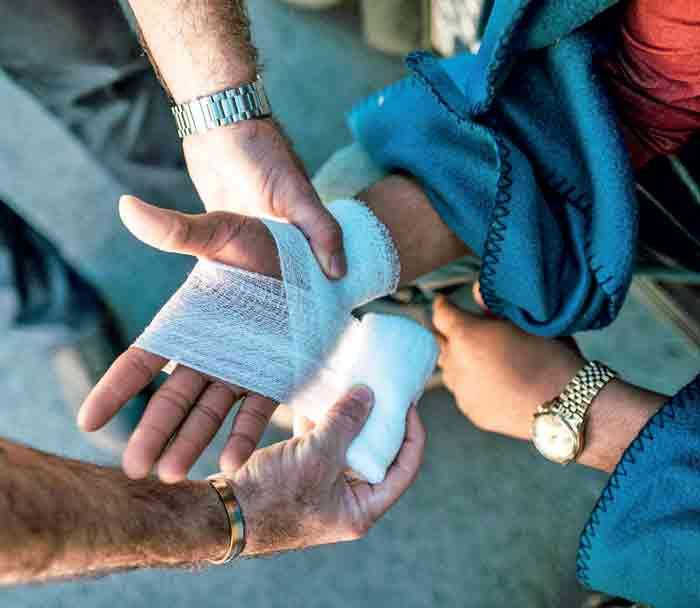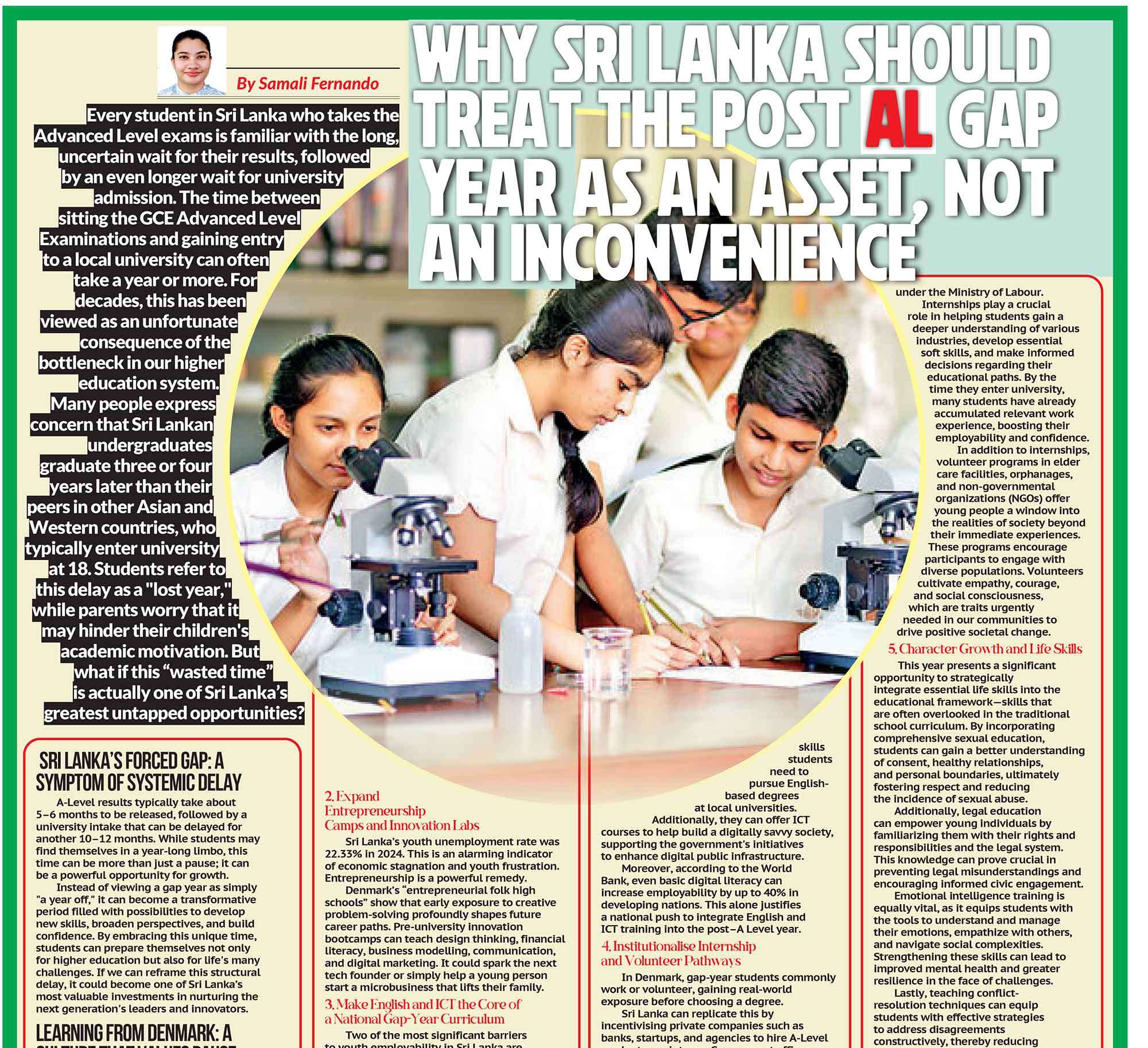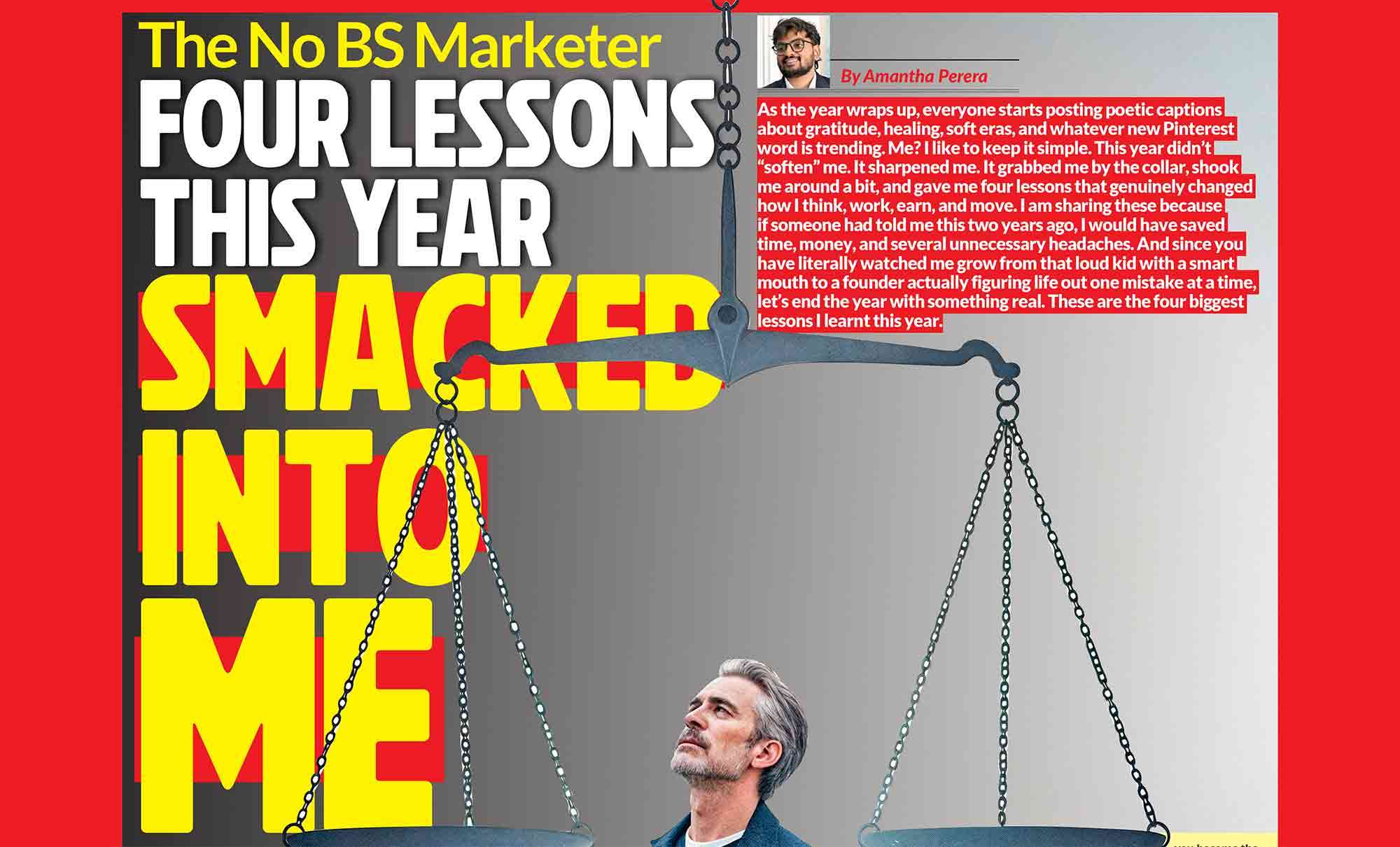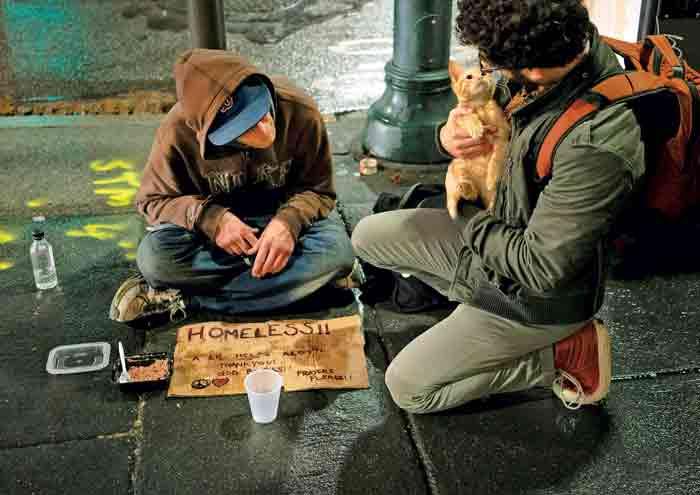
Perhaps the most infamous example of the bystander effect is the brutal murder of Kitty Genovese in 1964. Kitty was stabbed to death outside her apartment upon returning home from work in the early hours of the morning. Her murderer was later identified as Winston Moseley. It was reported that 38 witnesses claimed to have seen or heard her being attacked, however, none of them intervened or reported the incident until at least half an hour after the event took place.
What is the bystander effect?
It is in our nature to believe that we would intervene if we were to witness an injustice taking place. However, psychology suggests otherwise! In fact, it suggests that our willingness to act is heavily dependent on how many other people are present to witness the injustice taking place. This phenomenon is known as the bystander effect.
What are some examples?
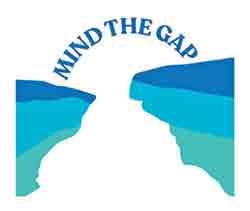
Perhaps the most infamous example of the bystander effect is the brutal murder of Kitty Genovese in 1964. Kitty was stabbed to death outside her apartment upon returning home from work in the early hours of the morning. Her murderer was later identified as Winston Moseley. It was reported that 38 witnesses claimed to have seen or heard her being attacked, however, none of them intervened or reported the incident until at least half an hour after the event took place.
Research carried out by Darley and Latané in 1968 showed participants split across three conditions- one where they were alone in a room, one where they were in a room with two other participants, and one where they were in a room with two other experimenters guised as participants. The room was pumped with smoke, and the percentage of participants who reported the smoke was measured. They found that when alone, 75% of participants reported it; when paired with two other participants only 38% of participants reported it and when paired with two other experimenters guised as participants who acknowledged the smoke and then dismissed it, only 10% of participants reported it.
A similar study carried out in the same year by Darley and Latané suggested that participants were much quicker to report an experimenter pretending to have a seizure when they were alone than when they were in the presence of another person, and they were slower still to report this when they were in the presence of three other people.
Why does this phenomenon occur?
There are three possible factors that may prevent an individual from intervening in an unpleasant situation when other people are present. The first factor is the diffusion of responsibility, where each individual in the crowd may feel as if it is not their job to intervene and that someone else will be the first to act. As a result, no one actually intervenes and attempts to stop the event from taking place. The second is known as pluralistic ignorance. This is when an individual wrongly assumes that the behaviour of the majority is the norm, and thus does not intervene in order to adhere to what they believe is the societal convention. The third factor, known as evaluation apprehension refers to the fear of judgement. Individuals might worry about how they are perceived by other bystanders, especially in the event that they offer inferior or incorrect help; thereby failing to intervene altogether.
They found that when alone, 75% of participants reported it; when paired with two other participants only 38% of participants reported it and when paired with two other experimenters guised as participants who acknowledged the smoke and then dismissed it, only 10% of participants reported it.
In which situations are people more or less likely to intervene?
Research suggests that people are more likely to intervene if they know the individuals involved in the scenario, or when they believe that people around them are also likely to help. Other people who are more likely to intervene include those who are more empathetic, those who take on greater feelings of responsibility, and men in situations where feelings of bravery and heroism are involved. On the other hand, people with Machiavellian (manipulative/deceitful) tendencies are far less likely to intervene if they witness an injustice taking place.
How can we prevent the continuation of the bystander effect?
The American Psychological Association suggests a ‘5 D’s’ Framework for overcoming the bystander effect. This can be understood as follows:
- Distract- try to indirectly diffuse the situation using methods such as engaging the victim in small talk, or purposefully causing commotion, e.g. dropping a glass of water.
- Delegate- ask a third party, preferably someone in a position of authority for help.
- Document- if the victim is already receiving help and you are in a position where it is safe to do, take notes or record the events taking place. Make sure to get the victim’s consent with regards to what is done with the footage/notes.
- Delay- check in with the victim afterwards and offer help or assistance wherever possible.
- Direct- in the event that it is safe and appropriate to do so, address the perpetrator directly to prevent the situation escalating further.
Other methods of overcoming the bystander effect include
- Public awareness campaigns on the causes, consequences and prevention of marginalisation and the promotion of upstanding and helping behaviours.
- Modelling of pro-social behaviours by community leaders and other figures of authority.
- 3. Educational and training programs in academic institutions and workplaces on fostering inclusive, non-discriminatory environments.


 Perhaps the most infamous example of the bystander effect is the brutal murder of Kitty Genovese in 1964. Kitty was stabbed to death outside her apartment upon returning home from work in the early hours of the morning. Her murderer was later identified as Winston Moseley. It was reported that 38 witnesses claimed to have seen or heard her being attacked, however, none of them intervened or reported the incident until at least half an hour after the event took place.
Perhaps the most infamous example of the bystander effect is the brutal murder of Kitty Genovese in 1964. Kitty was stabbed to death outside her apartment upon returning home from work in the early hours of the morning. Her murderer was later identified as Winston Moseley. It was reported that 38 witnesses claimed to have seen or heard her being attacked, however, none of them intervened or reported the incident until at least half an hour after the event took place.
